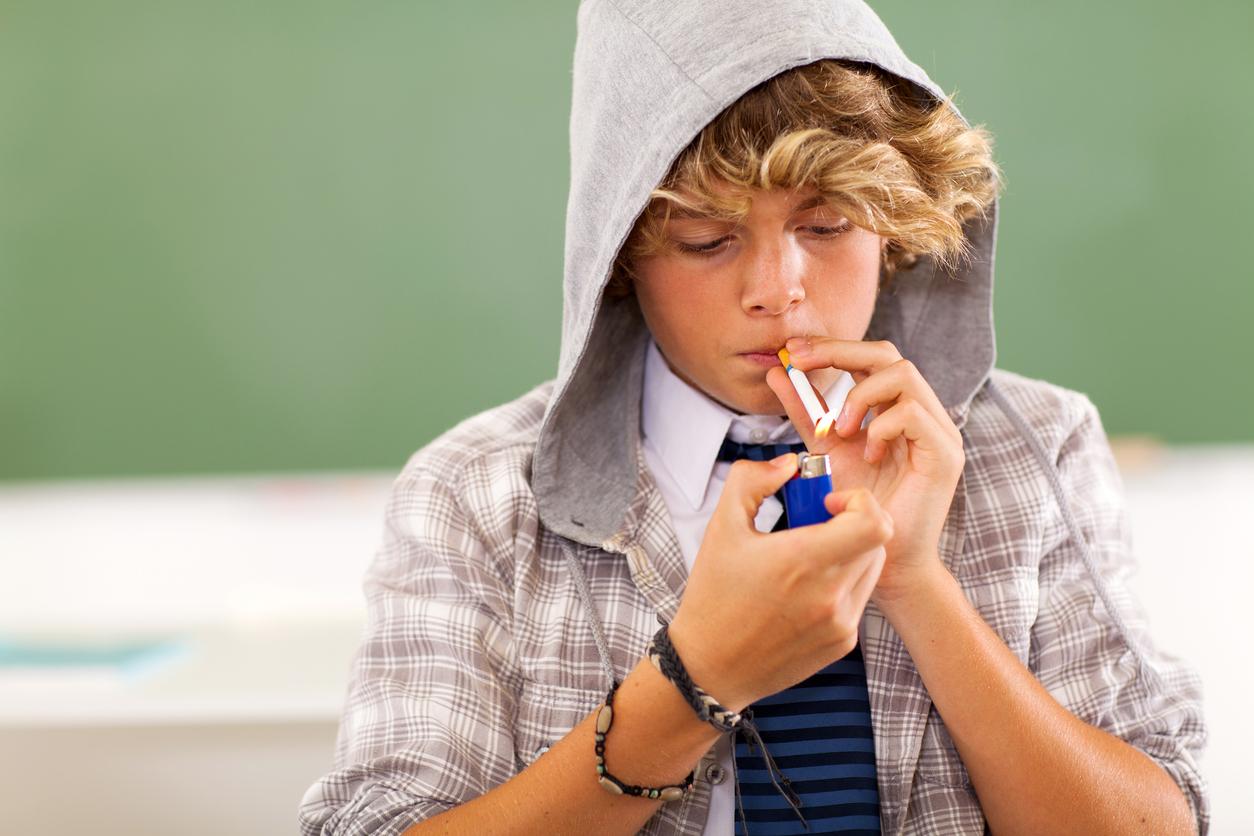A 16 -year -old teenager had pulmonary problems after having shouted too hard during a One Direction group concert.

- After having shouted too hard during a concert, a 16 -year -old teenager had respiratory problems.
- Doctors diagnosed him with a pneumothorax, which is an abnormal presence of air in the pleural cavity.
- But the air was also present in the center of its chest (pneumomediastin) and in its throat (pneumotropharyngeum).
Night Changes,, What Makes You Beautiful,, Drag Me Down,, Story of My Life : Here are some of the titles that a 16-year-old teenager had to shout during a concert from the One Direction group … and she shouted so much that she had pulmonary problems the next day, according to an “extraordinary” case According to doctors, reported by Live science.
A breathless teenager after having shouted during a concert
After shouting during this concert, the 16 -year -old teenager has no pain but runs out of steam. The next day, this difficulty in breathing persists and she decides to go to the emergency room. On site, she explains the whole situation to doctors, including cries during the concert, and is examined.
By pressing the patient’s neck and chest, healthcare professionals hear a noise called “crush”, which is due to small air bubbles that escape from the lungs. They put an x -ray to the patient to confirm the diagnosis.
The results fall quickly: the patient has a pneumothoraxthat is to say an abnormal presence of air in the pleural cavity, which explains the crackling heard by doctors. The treatment of a pneumothorax depends on its severity and its cause. The least serious disappear on their own, with rest. The most important requires an operation.
Air in the lungs, chest and throat
But in this teenager, the air bubbles were not only present in the lungs. Doctors have also discovered it in his throat (Pneumoretropharyngeum) and in the center of his chest, in space between his two lungs (pneumomediastin).
But is it all due to the cries? According to health professionals, it is because of these howls that the girl had these three pulmonary disorders. However, they did not find a tear through which the air could have passed.
In the scientific literature, cases of patients who developed a pneumomediastin following prolonged cries had already been reported. But, so far, the development of these three conditions (pneumothorax, pneumomediastin and pneumotropharyngeum), at the same time, had never taken place because of howls.
Usually, these pathologies concern patients who already have respiratory problems or people practicing activities with large variations in atmospheric pressure, as is the case for divers or hunting drivers. But this new case could therefore add the howls to the list of causes of pneumothorax, pneumomediastin and pneumotropharyngeum.
At 16, the patient quickly recovered. She was immediately taken care of in the hospital. At first, she had an oxygen mask to help her breathe. The next day, she already felt better, which was confirmed by an x -ray showing that her condition was stable. So she was able to go home.

















